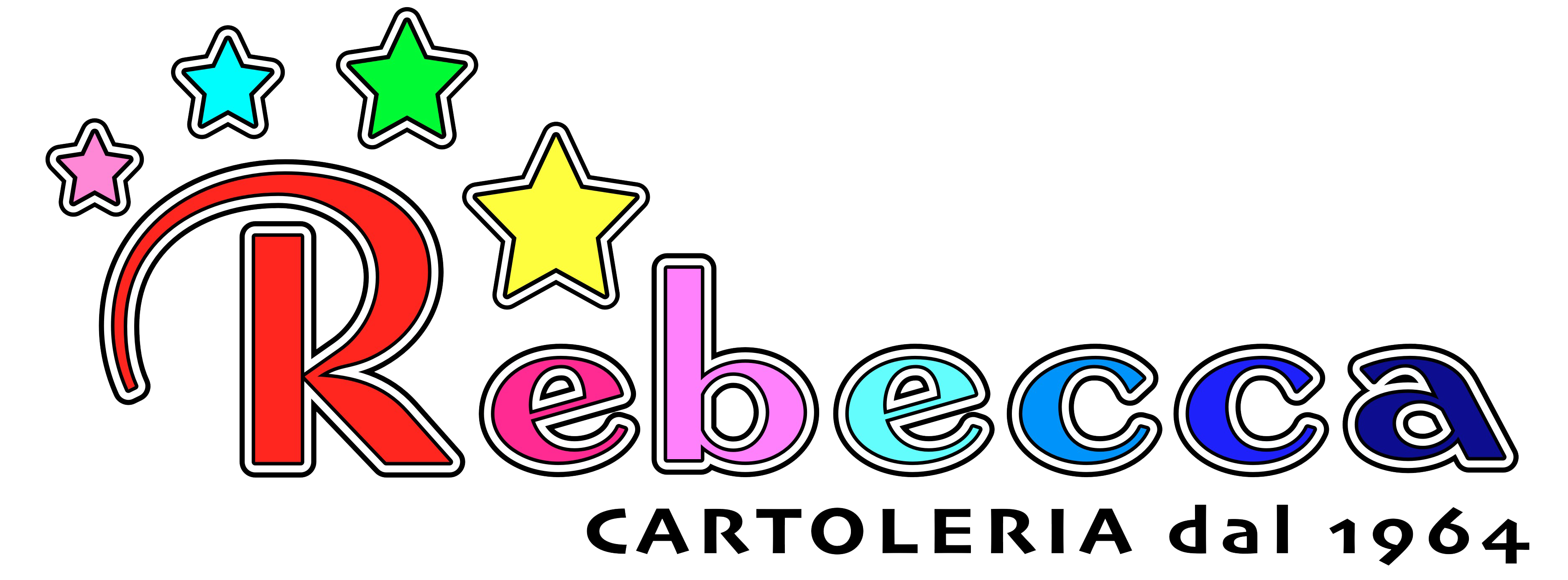Content
- Today’s Options Market Update
- Can Mark-to-Market Accounting Be Used on All Types of Assets?
- What Is a Business Cycle?
- How to Find Private Money Lender Tax Free
- Mark to Market Accounting, How It Works, and Its Pros and Cons
- Looking to the Futures: Mixed Message for Equities as Payrolls Soften but Wages Rise
Although there are many FASB statements of interest to companies, SFAS 157–Fair Value Measurements holds the most attention of auditors and accountants. SFAS 157 provides a definition of “fair value” and how to measure it in accordance with generally accepted accounting principles (GAAP). For example, if the asset has low liquidity or investors are fearful, the current selling price of a bank’s assets could be much lower than the actual value. In personal accounting, the market value is the same as the replacement cost of an asset.
It incorporates the probability that the asset isn’t worth its original value. For a home mortgage, an accountant would look at the borrower’s credit score. If the score is low, there’s a higher chance the mortgage won’t be repaid. The accountant would discount the original value Accounting for Startups: The Ultimate Guide by the percentage risk that the borrower will default. At the end of each fiscal year, a company must report how much each asset is worth in its financial statements. It’s easy for accountants to estimate the market value if traders buy and sell that type of asset often.
Today’s Options Market Update
The purpose of the mark-to-market methodology is to give investors a more accurate picture of the value of a company’s assets. During normal economic times, the accounting rule is followed routinely without any issues. Other major industries such as retailers and manufacturers have most of their value in long-term assets, known as property, plant, and equipment (PPE), as well as assets like inventory and accounts receivable. All of these are recorded at historic cost and then impaired as circumstances indicate.
Keep in mind, the $30,000 left over is treated as ordinary income (which could bump a filer to a higher tax bracket). There is also the potential to incur self-employment tax on the business’s net income. Get stock recommendations, portfolio guidance, and more from The Motley Fool’s premium services.
Can Mark-to-Market Accounting Be Used on All Types of Assets?
In contrast to fluctuating accounting models is historical cost accounting, where a fixed asset is recorded on a balance sheet in terms of its original cost. These types of assets typically include company land or equipment that has depreciated over the course of its useful life, including assets such as buildings and machinery. Internal Revenue Code Section 475 contains the mark to market accounting method rule for taxation. The most infamous use of mark-to-market in this way was the Enron scandal.
- Internal Revenue Code Section 475 contains the mark to market accounting method rule for taxation.
- Mark to market (MTM) is an accounting method that is based on measuring the value of assets based on their current price.
- For a home mortgage, an accountant would look at the borrower’s credit score.
- The content of this website must not be copied, modified, reproduced, distributed, transferred, edited or made accessible to third parties for any purposes whatsoever without obtaining prior permission from the owners of this website.
- Companies in the financial services industry may need to make adjustments to their asset accounts in the event that some borrowers default on their loans during the year.
- Mark-to-market accounting is part of the concept of fair value accounting, which attempts to give investors more transparent and relevant information.
Expand a shaded row to view the
trade details for that position (buys and sells on separate rows), including the date, time and whether the position
was bought or sold. If there are more than 10,000 trades, buys and sells will be summarized by report date. If you want to revoke your trading-as-a-business status, IRS permission is needed by filing Form 3115 to request the dissolution of trader status. The IRS is not likely to grant permission if the request is made solely to achieve tax bill benefits. Grants are more likely to be issued if the taxpayer is no longer trading as a career. If your trading activities do not meet the above definition of a business, you’re considered an investor and not a trader.
What Is a Business Cycle?
Day traders are required to meet certain criteria, which include the frequency of trading activity and the intentionality behind it. Most individuals, even ones who love to invest in the stock market, do not meet the requirements for frequency and volume that the IRS has set as the benchmark for determining who is a day trader https://kelleysbookkeeping.com/brigade-outsourced-accounting-for-small-businesses/ on the stock market. In marking-to-market a derivatives account, at pre-determined periodic intervals, each counterparty exchanges the change in the market value of their account in cash. For Over-The-Counter (OTC) derivatives, when one counterparty defaults, the sequence of events that follows is governed by an ISDA contract.
What is mark-to-market with example?
If an investor owns 10 shares of a stock purchased for $4 per share, and that stock now trades at $6, the "mark-to-market" value of the shares is equal to (10 shares * $6), or $60, whereas the book value might (depending on the accounting principles used) equal only $40.

